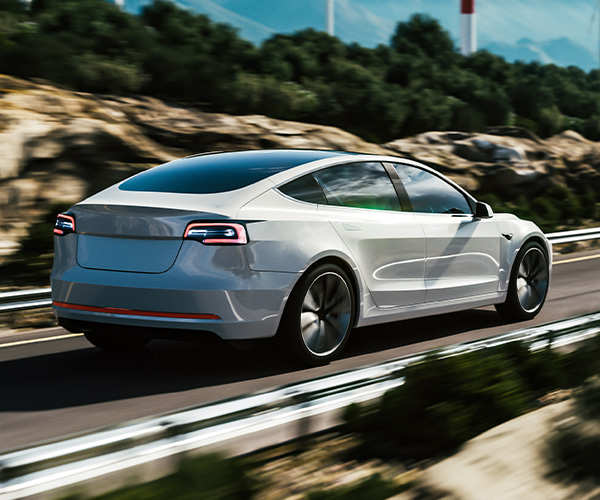EV sales hit more than 1.2 million units in the U.S. last year, making up 7.6% of all new vehicles sold. That is solid growth, but the sharp jumps we saw in past years are starting to ease. Inventory is building, prices are shifting, and hybrids are pulling some attention away from full electric models.
There is another factor that will impact the market: EV tax credits are starting to expire for certain models and brands. As these incentives disappear, buyers will start weighing costs more heavily. The next few months are an important window for helping customers understand what they still qualify for and why they might want to move quickly.
For dealers, this is not the time to wait and see what happens. The stores that step up as the local go-to for EV education and service will earn more sales, more trade-ins, and more loyal customers.
1. Know Who You Are Talking To
The first wave of EV buyers was made up of tech lovers who wanted the newest thing on the road. They have already bought. The next wave looks different:
- Higher-income, educated shoppers who want a clear value story before switching
- Retirees who value low-maintenance, quiet, comfortable driving
- Hybrid drivers who could be convinced to go full electric with the right information
These buyers are practical. They care about cost, charging convenience, and how an EV fits into their daily life.
2. Lead With Education, Not Just Inventory
Most EV buyers spend far more time researching than traditional shoppers. You can let them find their answers from a competitor, or you can make your store the source they trust. That means:
- Creating clear, simple content that explains range, battery life, seasonal performance, and charging at home or on the road.
- Breaking down tax credits, rebates, and long-term savings.
- Hosting events where shoppers can test drive models, see charging demos, and ask questions.
If you are the one who clears up the confusion, you are more likely to be the one they buy from.
3. Add an EV Delivery Specialist
EVs come with a learning curve. A dedicated team member who walks buyers through features, sets up charging apps, and follows up after delivery makes the experience smoother. This role:
- Builds trust and confidence for first-time EV owners.
- Keeps your sales team focused on closing more deals.
- Improves satisfaction and increases referrals.
4. Get Ready for Used EVs
The first round of EV owners is trading up, which means more pre-owned EVs are hitting the market. This can be a strong revenue stream if you are ready for it.
- Train appraisers to check battery health and explain it to customers.
- Keep a close eye on market values, which can change quickly.
- Make sure your service department is prepared to handle EV maintenance.
If you can answer a used EV shopper’s questions better than anyone else, you will earn their trust and their repeat business.
5. Stay in Front of Shoppers Online
EV shoppers are searching, comparing, and reading long before they talk to a salesperson. To reach them early:
- Update your Google Business Profile with charging station details.
- Run campaigns that mix email, social, direct mail, and retargeting ads.
- Use geo-targeting around charging stations to reach current EV drivers.
- Test alternative channels like podcasts or charging station displays where your audience is already spending time.
6. Keep Hybrids in the Mix
Hybrids also are getting more attention right now. Position them as a step toward full EV adoption. Cross-train your team so they can help customers weigh the pros and cons based on driving habits, budget, and charging access.
Bottom Line
EV sales may not be climbing as quickly as before, and tax credits will not be around forever. The dealers who move now will have a larger share of the market. If you can make EV shopping easy, answer the tough questions, and help customers see the value, you will be ahead of the curve.
Click here to download the EV Sales Playbook and see how to put these strategies into action today.
